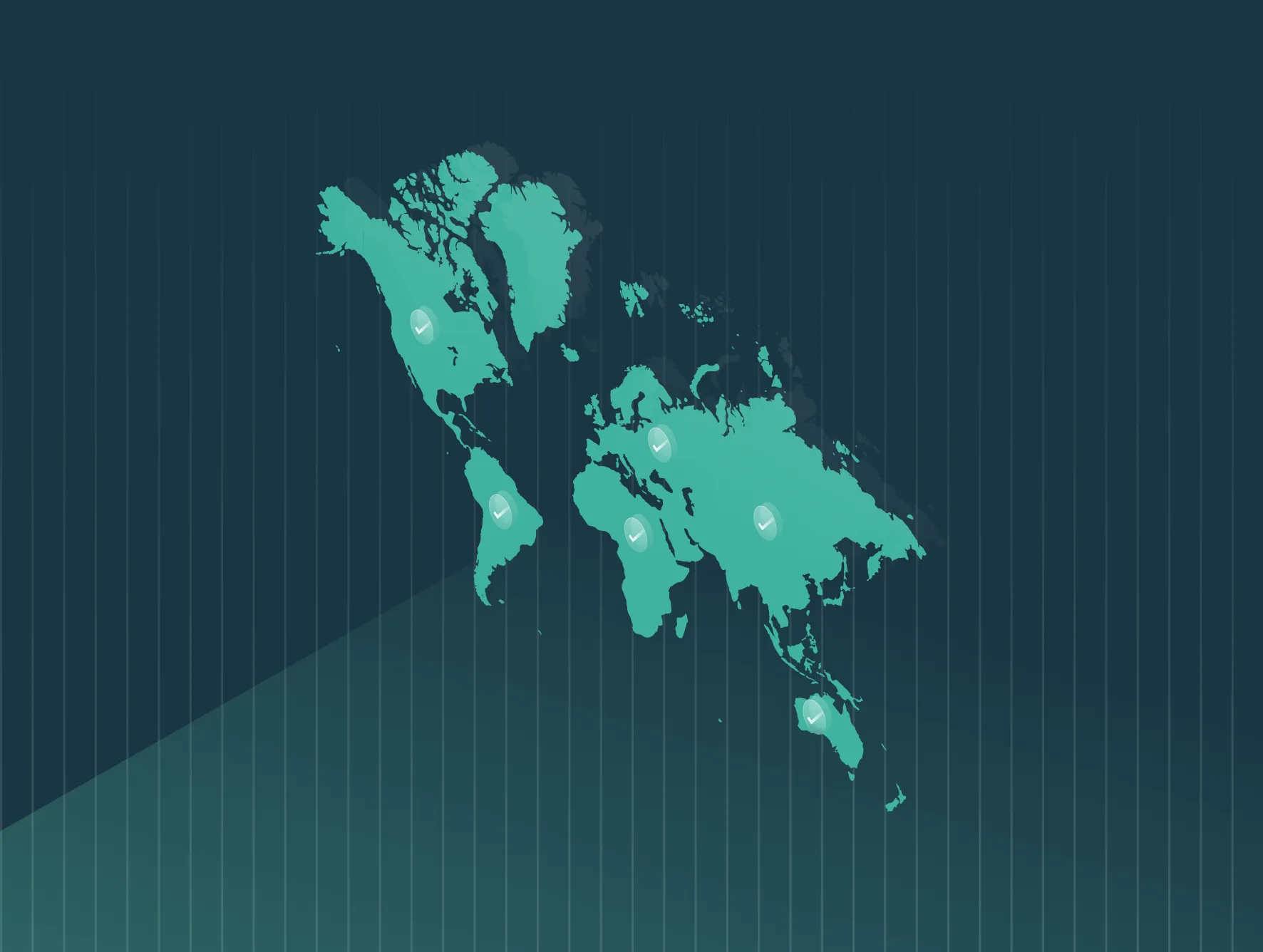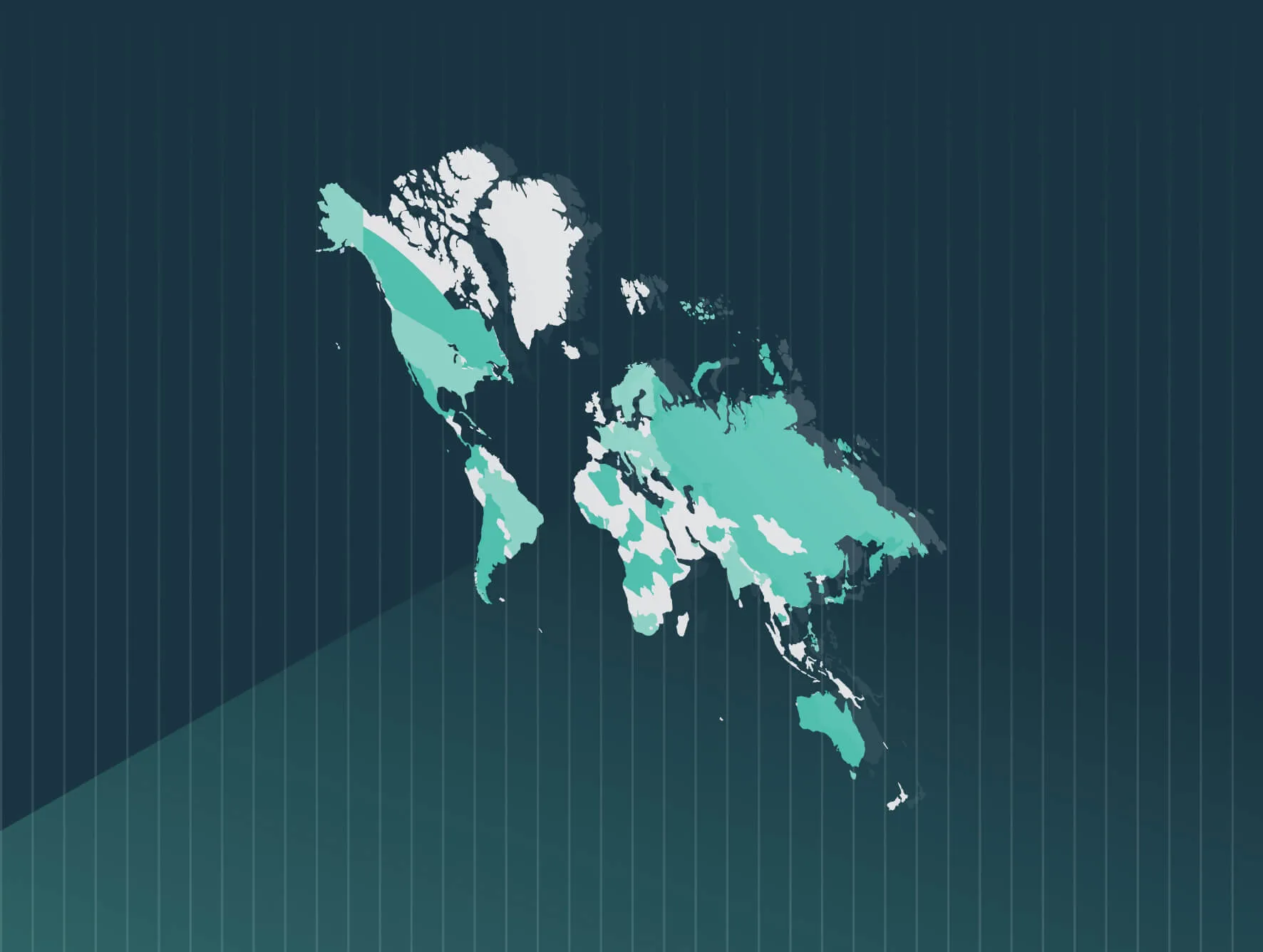Introduction
Note: Ireland published its draft bill implementing the pay transparency provisions of the EU Pay Transparency Directive on Jan. 15, 2025. You can access our on-demand webinar breaking down the proposed pay transparency provisions. This guide will be updated accordingly once the amendments are officially transposed into law.
Ireland’s Gender Pay Gap Information Act 2021 requires private and public employers to publish information on their gender pay gap annually. By 2025, all employers with 50 or more employees will be required to comply.
Ireland reporting requirements
Who needs to report?
The Act phases in pay data reporting as follows:
- Employers with 250 or more employees have been required to publish gender pay gap reports since 2022.
- Employers with 150 or more employees must comply starting June 1, 2024.
- Employers with 50 or more employees must comply starting June 1, 2025.
Employers with fewer than 50 employees are exempt.
What to report?
Companies are required to publish gender pay gap information and prepare a written statement explaining any pay differences based on gender. The statement must also detail measures being taken or proposed to eliminate or reduce pay gaps.
The Act requires applicable employers to select a reporting “snapshot date,” during the month of June and publish their gender pay gap data five months after that date. Organizations must report on the following metrics:
- Difference (in percentage) between the mean and median hourly remuneration of male and female employees, part-time employees, and employees on temporary contracts.
- Difference (in percentage) between the mean and median bonus remuneration of male and female employees, part-time employees & employees on temporary contracts.
- Difference in the percentage of male and female employees paid bonuses.
- Difference in the percentage of male and female employees who received benefits-in-kind.
- Percentage of male and female employees in each of the lower, lower middle, upper middle and upper quartile pay bands.
- Employer’s opinion on the reasons for such differences.
- Measures (if any) proposed or taken to eliminate or reduce such differences.
The pay data on which calculations are based will reflect employee remuneration for the 12 months preceding the snapshot date.
Where and when to report?
Regulatory filing
Gender pay gap reports are to be published and made accessible to all employees and the public, but regulatory reporting is not required. Gender pay gap information must be published on the employer’s website, or made available in physical format at the employer’s principal place of business if a website does not exist.
Internal disclosure
Employees must have access to gender pay gap reports, including the reasons for pay differences and the measures being taken or proposed to address those pay gaps.
Deadlines and cadence
Reports must be submitted annually in December, six months after the chosen snapshot date.
Ireland pay transparency requirements
There are currently no legal requirements for employers to post salary details to applicants or employees in Ireland regarding specific positions.
Employment equity standards
Ireland’s equality laws require equal pay for like work, which is defined as the same, similar, or work of equal value.
Ireland’s Employment Equality Acts 1998-2015 are aimed at protecting people from discrimination and harassment in the working environment. The Acts apply to all full-time, part-time, and temporary employees in the public and private sector, as well as vocational training bodies, employment agencies, and trade unions, professional and trade bodies. All types of employment are subject to the principle that workers receive equal pay without discrimination.
The risks of non-compliance
Enforcement of the Act is overseen by the Workplace Relations Commission (WRC) and the Irish Human Rights and Equality Commission (IHREC).
An employee who claims that his or her current employer has failed to comply with publishing gender pay gap information may file a complaint with the WRC, which will investigate to ensure compliance.
The IHREC then has two courses of action to consider. It may apply to the Circuit Court or High Court for an order requiring the employer to comply or may carry out an equality review and prepare and implement an equality action plan for the employer.
Financial penalties for non-compliance are not specified in the Act.
Ireland’s proposed EU Directive legislation
Ireland did not include any details that address the pay reporting requirement under the directive in its initial draft legislation. Ireland’s proposed transposition goes further than the minimum pay transparency requirements of the EU Pay Transparency Directive. The proposed pay transparency amendments:
- Salary range posting requirement. Ireland will require salary ranges to be posted in job advertisements for employers. This is more restrictive than the EU Pay Transparency Directive in that the directive allows employer flexibility in providing the information to the applicant in advance of the interview rather than requiring an inclusion in the job posting.
- Salary history ban requirement. Ireland’s proposed bill has also adopted the salary history ban from the EU Pay Transparency Directive, which prohibits employers from requesting an applicant’s current or former pay information.
How can Trusaic assist with Ireland gender pay gap reporting compliance?
1. Comply – Use RAPTR™ to complete required reporting by compliance deadlines.
Stay ahead of evolving regulations with Trusaic’s Regulatory Pay Transparency Reporting™ solution, designed to help you determine applicability, meet deadlines, and submit compliant reports across EU jurisdictions with the click of a button.
Our Pay Equity Software Suite ensures your pay systems are legally defensible, gender-neutral, and future-proof — automating complex reporting and enabling GDPR-compliant data sharing through certified integrations with major HCM platforms.
2. Correct – Use PayParity® to understand, explain and resolve pay disparities:
Use PayParity to identify, explain, and resolve pay disparities across gender, race, age, and more. Whether you’re conducting proactive assessments or responding to compliance triggers like the EU Directive’s Joint Pay Assessment requirement, PayParity delivers defensible, data-driven insights. Our Remediation Optimization Spend Agent (R.O.S.A.) works as PayParity’s AI remediation partner to ensure you lower your pay gap below 5% while maximizing the ROI of your remediation budget.
3. Communicate – Use the Pay Equity Product Suite to communicate narratives and share salary ranges with confidence.
Comply confidently with the EU Directive’s pay range transparency mandates using Trusaic’s Salary Range Finder, which provides data-driven guidance for equitable pay ranges that can be shared with candidates and employees.
Our Pay Transparency Agent answers reporting questions instantly, and our Communications Agent crafts context-specific narratives — in any language — to support your public disclosures and internal communications.
How to prepare to comply with the EU Directive
The EU Pay Transparency Directive was approved in 2023, establishing a clear framework for EU member states to apply the principle of equal pay for equal work or work of equal value.
EU member states have three years from June 7, 2023 to transpose the directive into law. Likely implementation dates are 2026, however, some countries may enact legislation earlier. All 27 member states are required to adopt the directive.
Employers in Ireland should begin preparing now by:
- Conducting pay audits and internal assessments
- Reviewing compensation structures and job architecture
- Preparing HR and legal teams for employee data requests
- Updating hiring practices to comply with upcoming salary posting and history ban requirements
Trusaic is GDPR compliant and can assist any organization in any EU state in meeting its obligations under both the EU Corporate Sustainability Reporting Directive and the EU Pay Transparency Directive.







